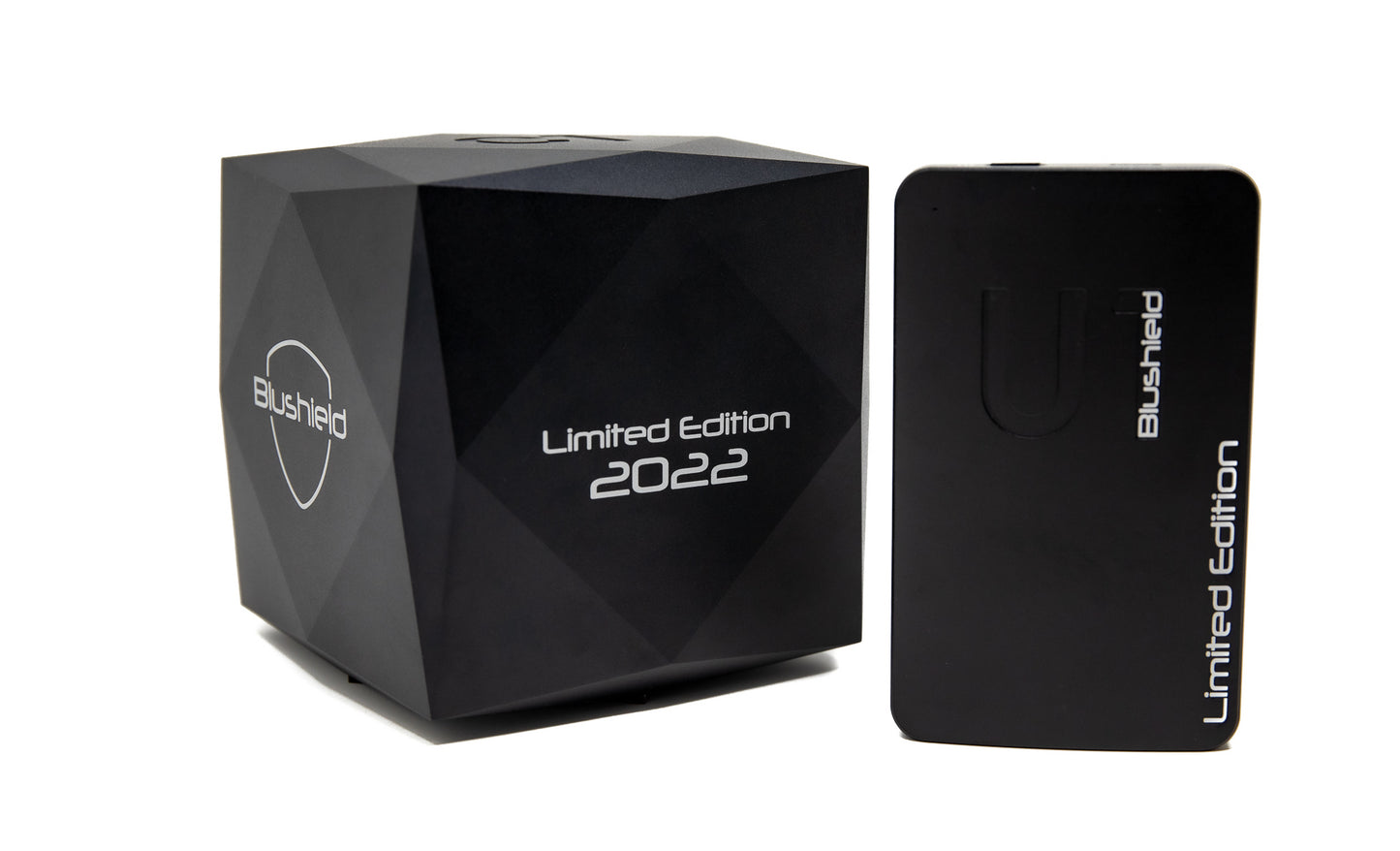
The NTP, a legitimate government agency, performed the largest, longest study on cell phone radiation that has ever been done. This particular study was requested by the FDA for the NTP to carry out. The reason why the FDA wanted this study done was to assess, using animal studies, whether there is risk to humans from cell phone radiation. They wanted this information because the only safety guidelines that existed at that time were based only on thermal, or heating, damage to tissues from short term exposure (which is known as the SAR safety limit). Nothing had yet been established about long term risk, or the risk of any non-thermal aspects of cell phone radiation. To accomplish this in the study, they used levels of cell phone radiation that were too low to cause a heating effect on tissue.
Ronald Melnick, PhD, worked as a senior toxicologist and independent consultant for 28 years at the NTP. He led the design and interpretation of the NTP study on cell phone radiation. He retired before the study was completed, but participated in the peer review of the study in 2018.
In Dr. Melnick’s career, he led the design and interpretation of toxicity and mechanistic studies on environmental and occupational chemicals. He served on numerous scientific review boards and advisory panels, including for the Environmental Protection Agency (EPA), World Health Organization (WHO), and the International Agency for Research on Cancer (IARC). The IARC classified radio frequency radiation as a possible carcinogen in 2011. Dr. Melnick also spent one year working at the White House Office of Science and Technology Policy, assessing health risks of environmental agents.
Timeline of study, and how they did it
The radiofrequency radiation cancer study was requested by the FDA way back in 1999. The NTP committed to sponsoring and moving forward with it in 2001, and submitted proposal requests for the experiments in 2003-2004. When their requests were approved, in 2005 they signed a contract with IITRI in Chicago to do the exposure testing.The Illinois Institute of Technology Research Institute (IITRI) operates as an independent, non-profit preclinical contract research organization, and was founded in 1936. IITRI has a long history of providing safety and toxicology testing services to the U.S. Government, as well as sponsors from the pharmaceutical, biotechnology, consumer products, and chemical industries.
They have been performing carcinogenicity studies in rodent models for over 40 years, and have a standardized method that is considered optimal for scientific accuracy. They are a major preclinical contractor to the National Cancer Institute, and their scientists are considered leaders in carcinogenicity evaluation. Studies by IITRI scientists have resulted in over 200 published papers and book chapters on the subject of cancer alone.
The NTP cell phone radiation study came to be the largest cancer-related study that IITRI has performed yet. In 2007, exposure systems for the study, in this case reverberation chambers, were installed at IITRI, by Swiss company IT’IS. The use of reverberation chambers was carefully decided on, to correct inherent flaws in past studies that may have caused inaccuracies. The reverberation chambers served the purpose of exposing all the rodents to a uniform amount of radiation at all times, no matter where in the chamber they moved to, without having to confine them and potentially cause undue stress. Confining a rodent for the purpose of exposing them to a toxic element has always posed the problem of degrading their health due to the stress of being confined, therefore making it impossible to know how much the toxic element itself affected them.
They built 21 of these reverberation chambers, which are large, sealed rooms, for the different exposure groups and the control groups. Each chamber cost $100,000 to build. Then, to determine the non-thermal radiation exposure for the test, they calculated the amount of radiation they could be exposed to without raising their body temperature by 1 degree centigrade. They determined the levels and amount of exposure they should use on the rodents for the two-year study period (which is most of a rat’s natural lifetime) by calculating the differences between rodents and humans in size and lifespan, with the goal being for the rodents’ exposure to be translatable to an estimate of human radiofrequency radiation exposure over a human lifetime.
The exposure groups of rodents had an antenna emitting radiation in their room for about 9 hours daily, reverberating off the walls to create a homogeneous RF radiation environment, while the control groups were exposed to no radiation. A typical NTP toxicity study uses 50 rodents per group. For this study, they used 90 per group, to increase the accuracy of the results. Except for the radiation, the rodents were in a low-stress environment, and even had access to water from an automatic water system specially designed so the water itself wouldn’t absorb radiation.
The actual two-year exposure period happened during 2014 and 2015. The results were announced in 2016.
Unexpected findings
Before the conclusions of this study were known, various government agencies made some bold statements regarding their predictions. John Bucher, the NTP senior scientist who took over the lead of the study after Ronald Melnick retired in 2009, stated that he expected the results to show no association between RF radiation and cancer. The FDA, who requested the study in the first place, has expressed similar views. It’s very likely that this study was commissioned with the purpose of finally showing everyone how safe RF radiation is!“Everyone expected this study to be negative,” said a senior government radiation official who asked to remain anonymous.
The findings surprised everyone. There were multiple negative effects in the exposure group, and none in the control group. One of the main findings was increased Schwannomas of the heart. Schwann cells are what creates the myelin sheath around the nerves, and in this case the nerves inside the heart. The other big finding was gliomas in the brain. Both of these types of cancers are very rare, but have also been found in humans in multiple epidemiological studies on RF radiation exposure. These tumors are extremely rare in rodent control groups, which increases the validity of these findings. Also, in larger numbers than the actual tumors that were found, were markers of precancerous states, as well as DNA damage in the brain. The male rodents fared much worse than the females, although the females also showed indicators of precancerous conditions and some DNA damage. All of the tumors were found in the males.
Ronald Melnick said that the NTP results provide “strong evidence for the genotoxicity of cell phone radiation,” and that “should put to rest the old argument that RF radiation cannot cause DNA damage.”
Peer review panel finds “clear evidence” of cancer
In 2018, two years after the results from the NTP study were released, a peer review panel was assembled to assess the study and determine its accuracy. The panel consisted of 11 pathologists and toxicologists from academia and industry. After a stringent assessment that is routine for the peer review process, they suggested 7 classification upgrades to the NTP’s own conclusions, which is an unprecedented amount. The panel concluded that the NTP downplayed the seriousness of the results in several areas.Their conclusion: “Clear evidence of carcinogenic activity” in those male rats. The NTP uses 5 classifications to determine the level of carcinogenicity, and “clear evidence” is the strongest. In the NTP’s own conclusions, they determined RF radiation is a “probable carcinogen” (level 4 classification). They also found some evidence of tumors of the adrenal glands. The panelists unanimously praised the design and execution of the study.
Government agencies dismiss the study, and nothing has changed
So, the exceptional design and execution of this study, the elaborate time and money put into it, the fact that U.S. government agencies requested and performed it, and the very detailed and conclusive results mean that the FDA, the FCC and other regulatory bodies took immediate action and began to advise the public on how to take precautions to protect their health, and have also begun to invest research time into how to make cell phones and other RF radiation devices safer….. right?No, that’s not what happened.
According to a report on the FDA’s website, “After reviewing the study, we disagree, however, with the conclusions of their final report regarding “clear evidence” of carcinogenic activity in rodents exposed to radiofrequency energy.”
So the FDA is “disagreeing” with a study that they commissioned, which made extensive use of taxpayer money supposedly for the cause of public health and safety, and that was thoroughly reviewed by actual scientists and experts on toxicology.
They claim that the NTP study used “extremely high levels” of RF radiation, which is not true. The study was specifically designed so the exposure levels were low enough to cause no heating effect whatsoever on the rodents’ bodies. The levels were also converted to be an accurate rodent equivalent to human exposure over an average human lifetime, while always staying under the dose that causes a heating effect. Either the FDA didn’t understand what they were reading, or they are intentionally lying to fool the general public with words and concepts that sound believable to someone who doesn’t actually know anything about how the study was conducted.
After an initial urgency of concern by the NTP about the clear evidence of cancer shown by the study, the NTP seems to have changed its position and now reflects the stance of the FDA, stating that “these findings should not be directly extrapolated to human cell phone usage.”
Another statement on the FDA website, “...but we must remember the study was not designed to test the safety of cell phone use in humans, so we cannot draw conclusions about the risks of cell phone use from it,” completely dismisses the established scientific method of using rodents to assess the dangers of potentially toxic elements in humans. This study was exactly intended to test the safety of cell phone use in humans.
“They wanted us to conduct animal studies in order to assess whether there is a risk to humans from cell phone radiation,” Dr. Ronald Melnick, the lead designer of the NTP study, states.
There are multiple reasons that animal studies are superior to human studies, even relating to effects on humans:
1) Every known human carcinogen is also a carcinogen in animal studies that have been properly conducted.
2) Animals have shorter lifespans, so the conclusions of a lifetime of exposure to a toxin can be determined many decades sooner, so that informed, protective actions can be taken.
3) With human studies, there are always other environmental factors in play, and even psychosomatic factors, which can considerably influence results. Animals can be quarantined in a controlled environment, and are not affected by psychosomatic factors, allowing for exacting results.
If an animal study this extensive and well-executed can’t be taken seriously, then what can?
References:
Dr. Ronald Melnick interview: “Clear Evidence of Cancer: The $30M NTP Study” (behind paywall) – https://healthmeans.com/talk/2cd10170-f2d9-40fd-8870-85cec5ccc66b/f2ce6d04-ae83-4aaa-b6c7-425559e13f4f?currentTime=0Microwave News: “NTP Cancer Results” – https://microwavenews.com/news-center/ntp-cancer-results
Microwave News: “NTP Peer Review Sees Tumor Risk” – https://microwavenews.com/news-center/ntp-peer-review-sees-tumor-risk
Microwave News: “NTP: Cell Phone RF Breaks DNA” – https://microwavenews.com/news-center/ntp-comet-assay
IITRI: “Carcinogenicity Studies” – https://iitri.org/carcinogenicity-studies
FDA website: “Statement from Jeffrey Shuren, M.D., director of the FDA’s Center for Devices and Radiological Health on the recent National Toxicology Program report on radiofrequency energy exposure” – https://www.fda.gov/news-events/press-announcements/statement-jeffrey-shuren-md-jd-director-fdas-center-devices-and-radiological-health-national


